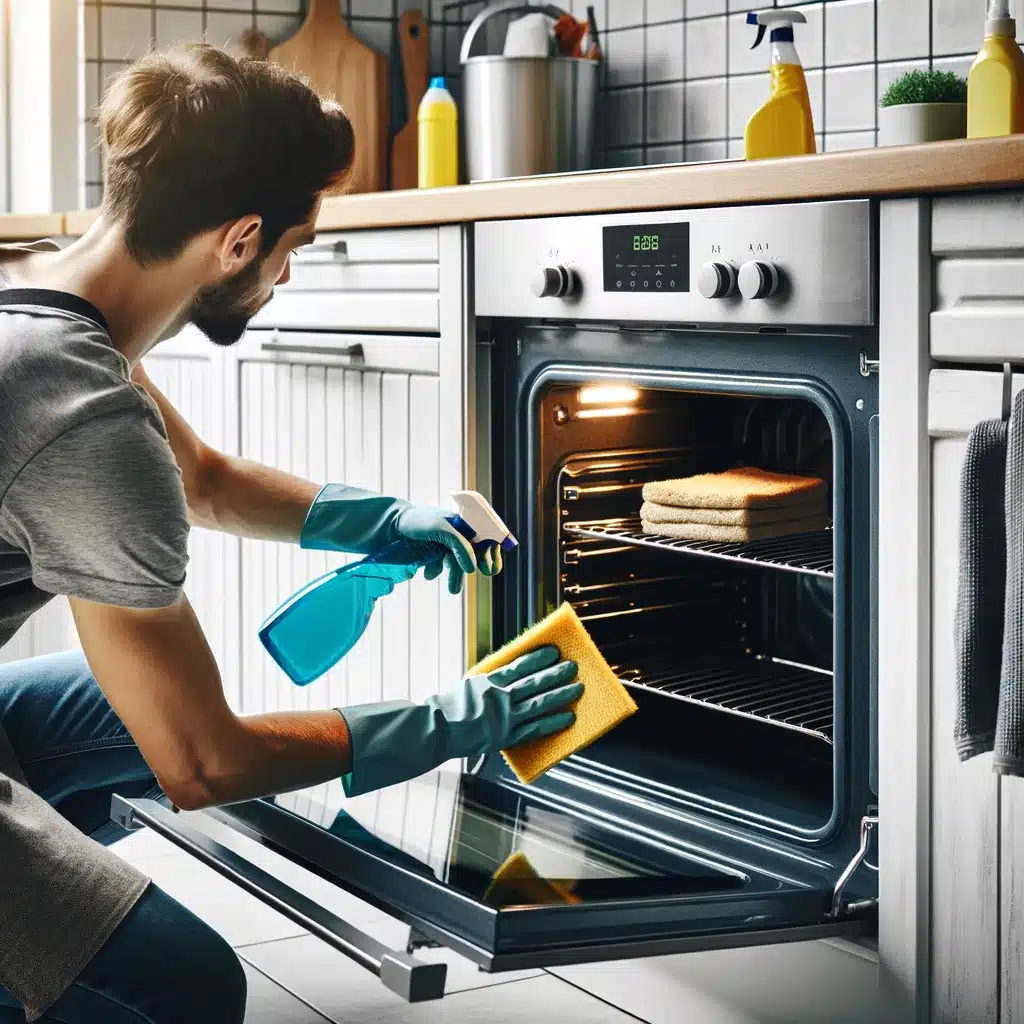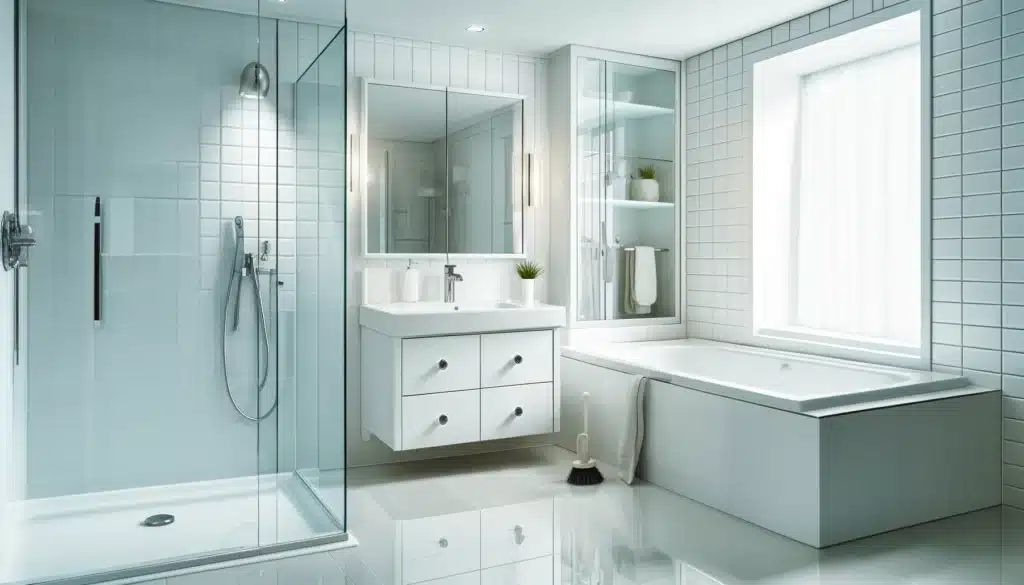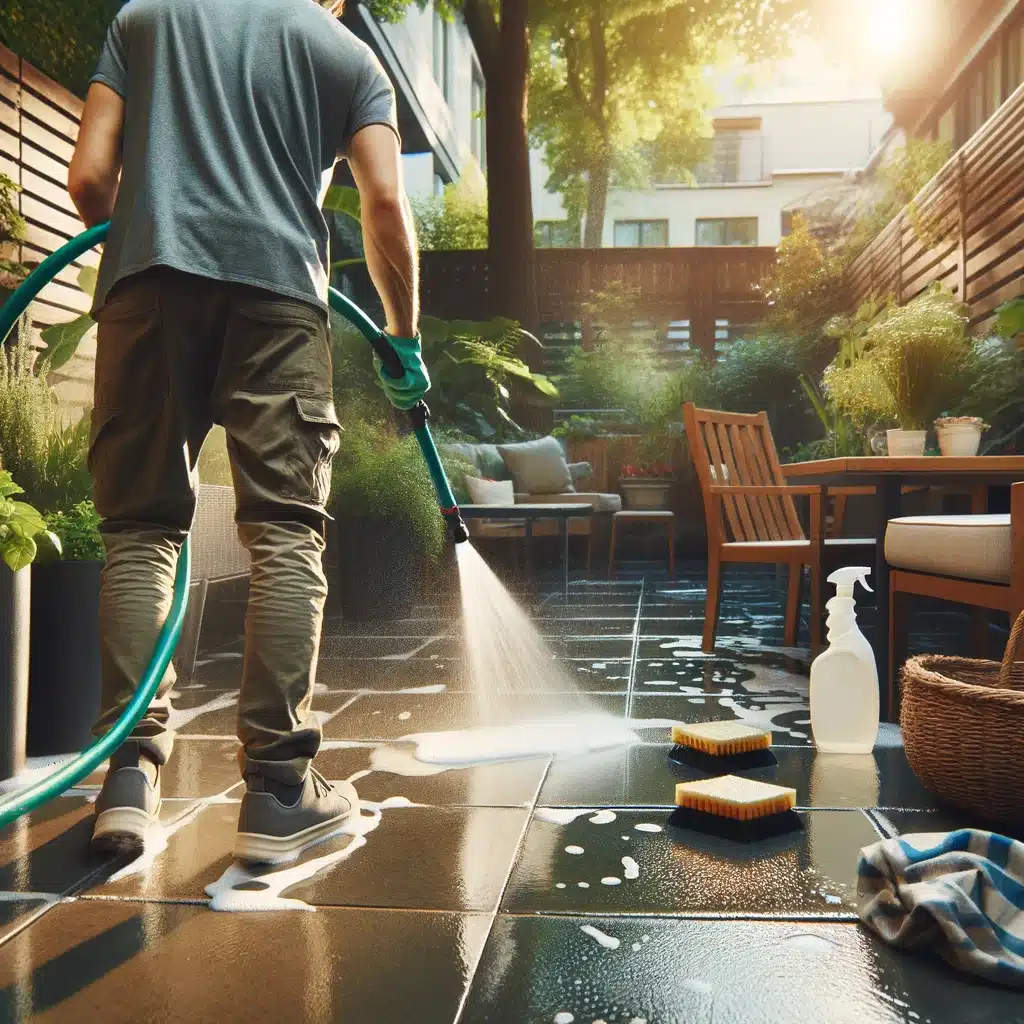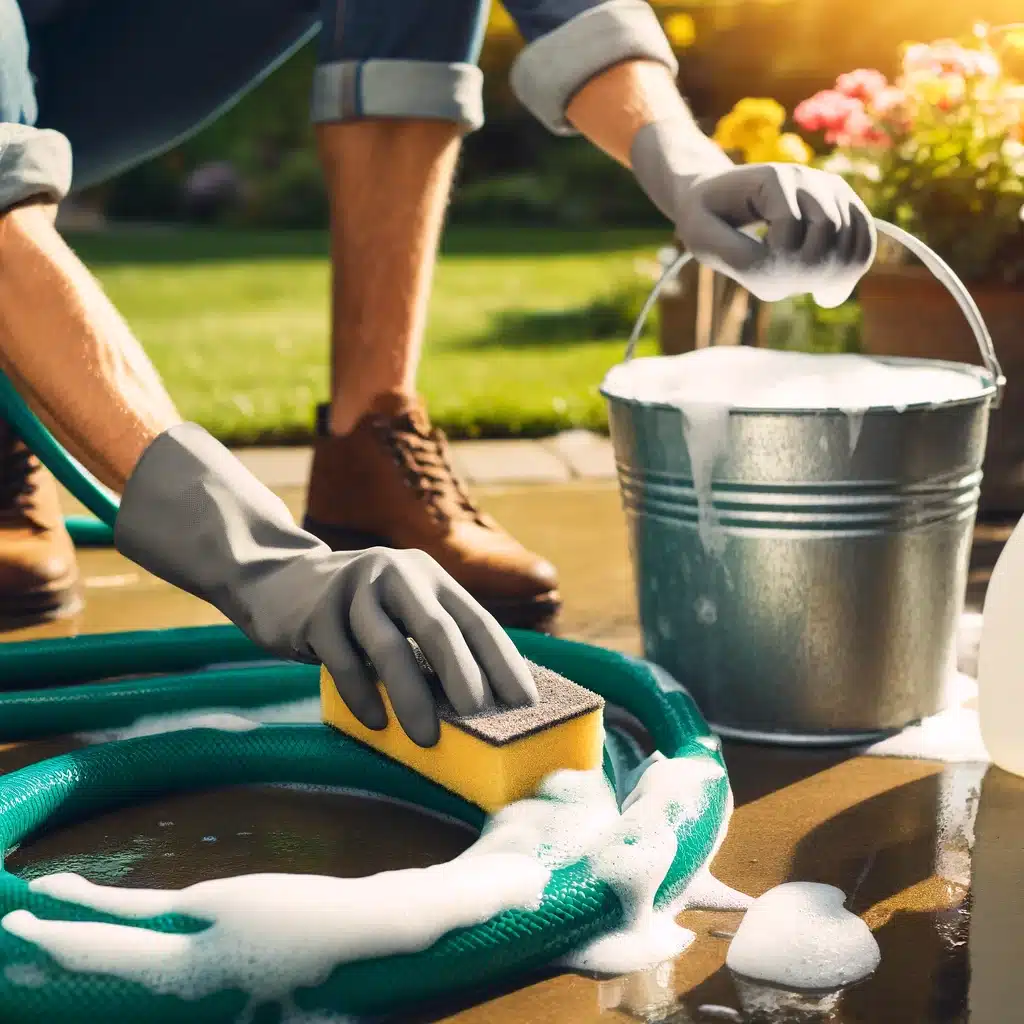How to Organize Cleaning Supplies: 6 Simple Tips
Keeping your home clean and tidy can be a breeze when you have your cleaning supplies well-organized. By taking a few simple steps to organize cleaning supplies, you’ll save time, reduce clutter, and make your cleaning routine more efficient. Here are six simple tips to help you get started. 1. Use a Cleaning Caddy Using a cleaning caddy is a game-changer when it comes to figuring out how to organize cleaning supplies effectively. Imagine having all your essential cleaning products in one portable container that you can easily carry from room to room. This simple tool can save you so much time and effort, as you won’t have to make multiple trips back and forth to grab different supplies. Plus, a caddy with compartments keeps everything in place, so you don’t have to worry about spills or items getting lost in the shuffle. A well-organized cleaning caddy means you can clean more efficiently. When all your supplies are within reach, you can tackle your cleaning tasks with greater speed and precision. No more wasting time hunting down the glass cleaner or scrubbing pads – everything is right there at your fingertips. This also makes it easier to move from one task to the next without losing momentum. Whether you’re dusting the living room, scrubbing the bathroom, or wiping down kitchen counters, your caddy ensures you have everything you need in one convenient spot. Moreover, investing in a cleaning caddy with compartments allows you to organize cleaning supplies in a way that maximizes space and accessibility. Different compartments can hold various items such as sprays, brushes, cloths, and sponges. This not only keeps your supplies neat and orderly but also extends the life of your cleaning products by preventing damage and spills. 2. Label Everything Labeling everything is an excellent strategy when you need to organize cleaning supplies effectively. By using labels to identify your spray bottles, containers, and storage bins, you can streamline your cleaning process and eliminate the frustration of searching for specific items. With clearly marked labels, you can instantly see what each container holds, which saves time and enhances efficiency during your cleaning routine. Whether you’re a seasoned cleaning pro or just getting started, labeling helps maintain order and accessibility. Incorporating labels into your organization system also promotes household harmony. When everyone knows exactly where to find and return cleaning supplies, it reduces clutter and confusion. Family members or roommates will appreciate the clarity, as it takes the guesswork out of locating and storing items. This simple step can significantly enhance the overall cleanliness and organization of your home. Even children can get involved in the cleaning process more easily when they can quickly identify and put away supplies. Using a label maker or even simple adhesive labels and a marker can make a big difference in how smoothly your household operates. Additionally, labeling your cleaning supplies can extend the lifespan of your products. When each item has a designated spot, it’s less likely to be misplaced, damaged, or wasted. For instance, knowing where to find specific cleaners or tools means they are used properly and stored correctly, maintaining their effectiveness over time. This systematic approach to organizing cleaning supplies not only keeps your home neat but also ensures you get the most out of your cleaning products. 3. Create a Dedicated Cleaning Closet Creating a dedicated cleaning closet is a transformative way to organize cleaning supplies, turning chaos into order. If you have the space, even a small closet or a section of a larger one can become a highly efficient storage area for all your cleaning essentials. By dedicating a specific area for these supplies, you can ensure that everything has its place, making it easier to find what you need when you need it. This approach not only saves time but also reduces the stress of having to search through various locations to gather your cleaning tools and products. Utilizing shelves, hooks, and bins in your cleaning closet allows you to maximize the available space while keeping everything neatly organized. Shelves can be used to store items like cleaning sprays, disinfectants, and cloths, making them easily accessible. Hooks are perfect for hanging brushes, dusters, and smaller tools, keeping them off surfaces and within reach. Bins are excellent for grouping similar items together, such as sponges, scrubbers, and microfiber cloths, ensuring that nothing gets lost or misplaced. Each item having a designated spot helps in maintaining a clutter-free environment, which is essential for an efficient cleaning process. To further enhance the functionality of your cleaning closet, consider adding a tension rod to hang spray bottles. This clever use of vertical space keeps bottles upright and easily accessible while freeing up valuable floor space for larger items like a vacuum cleaner or mop. This not only keeps the closet organized but also makes it easier to pull out and put away larger cleaning tools without causing a mess. 4. Utilize Clear Containers Utilizing clear containers is an effective strategy to organize cleaning supplies, particularly the smaller items that can easily get lost in the shuffle. Clear containers provide a visual advantage, allowing you to see exactly what’s inside without having to open every box or bin. This transparency saves time and reduces frustration, as you can quickly identify the contents and retrieve what you need. Whether it’s sponges, brushes, or cleaning cloths, these clear containers help maintain an orderly and efficient storage system. The beauty of clear containers lies in their versatility and the ability to maximize space. Stackable clear bins are especially useful for making the most of vertical storage areas, whether in a closet, under the sink, or in a pantry. By stacking bins, you can efficiently use every inch of available space, keeping your cleaning supplies organized and within easy reach. This approach prevents the clutter that often comes with storing items in opaque boxes or leaving them scattered around. Everything has its designated place, contributing to a
How to Organize Cleaning Supplies: 6 Simple Tips Read More »









